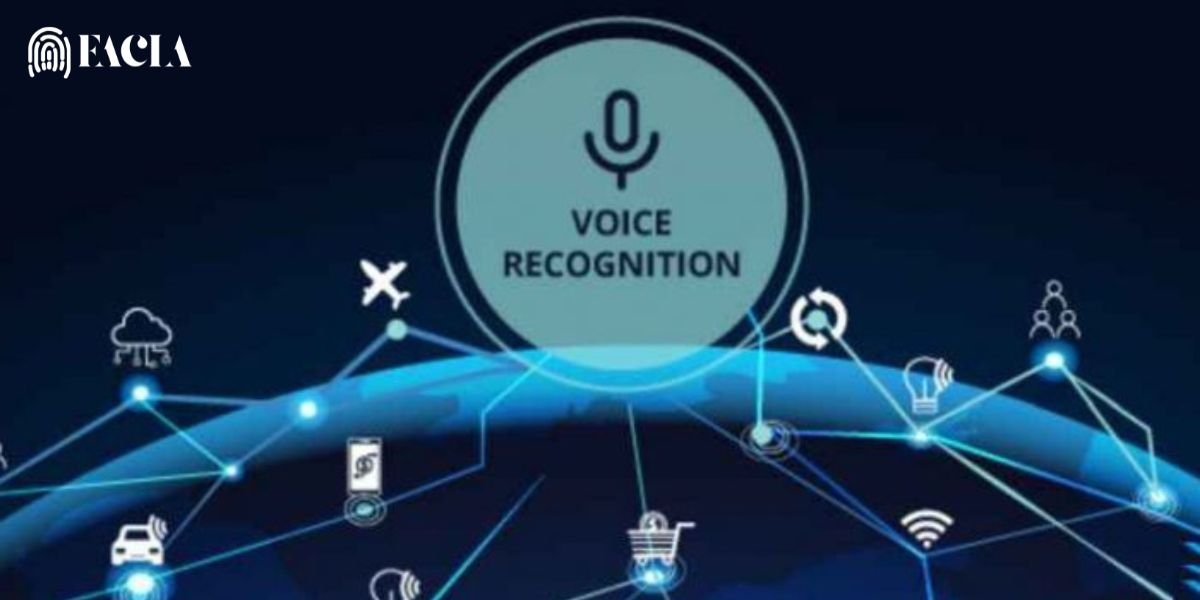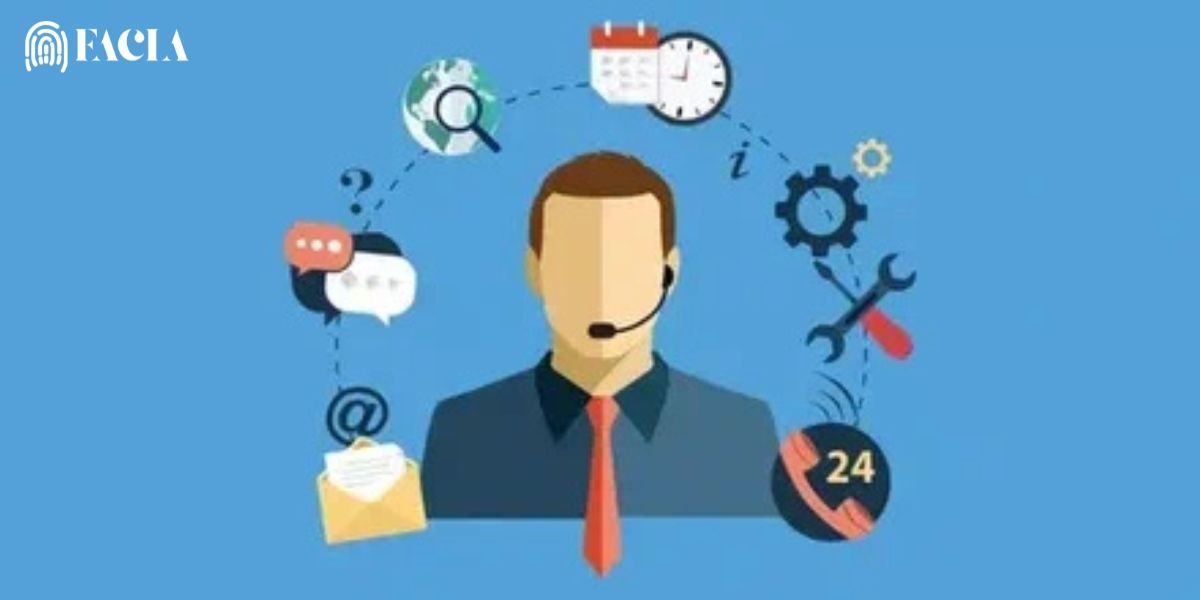Introduction
Voice Recognition Technology has transformed various industries, and the utilities sector is no exception. With advancements in artificial intelligence (AI) and natural language processing (NLP), utility companies can leverage voice recognition to streamline operations, enhance customer experience, and improve overall efficiency. This article explores how voice recognition technology is revolutionizing the utility sector and the benefits it offers.
Understanding Voice Recognition Technology
Voice recognition technology enables computers and smart devices to interpret and process spoken language. It uses AI-driven algorithms to recognize speech patterns, convert spoken words into text, and execute commands based on voice inputs. The technology is widely used in virtual assistants, call centers, and automated systems, making it an essential tool for modern utility management.
How Voice Recognition Works: A Brief Overview
Voice recognition technology, also known as automatic speech recognition (ASR), converts spoken language into text or commands. It involves several complex processes:
- Sound Capture: Microphones capture the user’s voice.
- Audio Processing: The system analyzes the audio signal, filtering out noise and isolating the speech.
- Feature Extraction: Distinctive features of the speech, such as phonemes (basic units of sound) and acoustic properties, are extracted.
- Acoustic Modeling: The extracted features are compared against acoustic models, which represent the sounds of language.
- Language Modeling: The system uses language models to predict the most likely sequence of words, considering grammar and context.
- Text/Command Output: The recognized speech is converted into text or used to execute a command.
Modern Voice Recognition often leverage machine learning and artificial intelligence to improve accuracy and adapt to different accents and speaking styles.
Applications of Voice Recognition in Utilities
- Customer Support Automation
- Utility companies can use voice recognition in customer service to handle inquiries related to billing, service outages, and account management.
- AI-powered virtual assistants can answer common queries, reducing wait times and improving customer satisfaction.
- Smart Meter Interaction
- Consumers can use voice commands to check their energy consumption, manage smart meters, and receive alerts about unusual usage patterns.
- Voice-enabled apps allow users to set energy-saving goals and receive real-time updates on electricity or water consumption.
- Emergency Response and Outage Reporting
- Voice-based systems can quickly process and escalate outage reports, allowing utility companies to address power or water disruptions more efficiently.
- Customers can report issues hands-free, making it convenient during emergencies.
- Workforce Productivity Enhancement
- Field technicians can use voice recognition for hands-free data entry while performing maintenance or inspections.
- Smart voice-enabled devices can provide step-by-step troubleshooting guidance, reducing downtime and operational costs.
- Fraud Detection and Security
- Voice biometrics can be used for customer identity verification, reducing fraud in billing and service access.
- Secure voice authentication ensures that only authorized personnel can access critical utility infrastructure.
Benefits of Voice Recognition in Utilities
- Improved Customer Experience
- Faster response times and personalized support through voice-driven virtual assistants.
- Enhanced accessibility for users with disabilities.
- Operational Efficiency
- Automation of repetitive tasks reduces human workload and minimizes errors.
- Real-time data access for field workers improves service delivery.
- Cost Savings
- Reduction in customer service costs through automated call handling.
- Optimized resource management leads to lower operational expenses.
- Enhanced Security and Compliance
- Voice biometrics provide a secure way to authenticate users.
- Compliance with industry regulations through accurate and recorded interactions.
Challenges and Limitations:
Despite its potential, voice recognition technology in the utility sector faces some challenges:
Cost: Implementing and maintaining voice recognition systems can be expensive.
Accuracy: Background noise, accents, and variations in speech can affect accuracy.
Security: Protecting sensitive customer data and preventing unauthorized access to systems is crucial.
Privacy: Collecting and storing voice data raises privacy concerns that must be addressed.
Integration: Integrating voice recognition systems with existing utility infrastructure and software can be complex.
Future Trends and Possibilities:
The future of voice recognition in utilities looks promising:
- Improved Accuracy: Advancements in AI and machine learning will lead to even more accurate voice recognition systems.
- Personalization: Voice recognition systems will be able to personalize interactions based on individual customer preferences and needs.
- Proactive Customer Service: Voice-enabled virtual assistants will be able to proactively identify and address customer issues.
- Integration with other technologies: Voice recognition will be integrated with other emerging technologies, such as the Internet of Things (IoT) and Augmented Reality (AR), to create even more powerful solutions.
- Natural Language Understanding (NLU): NLU will enable systems to understand the intent and meaning behind spoken language, leading to more natural and intuitive interactions.
Conclusion:
Voice recognition technology is poised to revolutionize the utility sector, offering significant benefits for both utilities and their customers. As the technology continues to mature and address its current limitations, we can expect to see even wider adoption of voice-enabled solutions in the years to come, powering up a more efficient, responsive, and customer-centric utility landscape.
Read More:
How is Voice Recognition Technology being used today?





